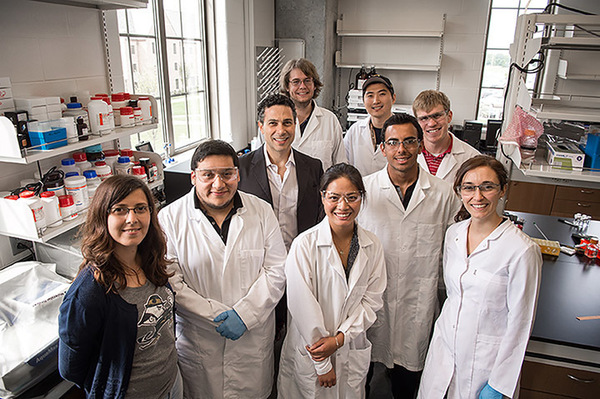 Constanza Lengerich
Constanza Lengerich
Food allergies affect 1 in every 13 children in the US, and it has increased by 50% since 1997. Food allergies result in more than 300,000 ambulatory-care visits a year among children, and it’s the leading cause of anaphylaxis outside the hospital setting.
Allergists struggle to diagnose allergic reactions in children because they don’t have a clear history of reactions, and current diagnostic tests provide information only about the levels of IgE antibodies – which let patients know if they are allergic, but cannot predict the severity of reactions. Currently, a food challenge test is the only method of diagnosis, which consists in giving the patient small amounts of the food, and monitor the reactions. 40% of these tests result in severe reactions. Also, the experience is extremely traumatic for mothers and children, and doctors feel very uncomfortable exposing patients to potential life-threatening reactions. Consequently, many patients prefer not to have the test and then never know which foods will cause severe allergic reactions. Food allergies negatively affect the quality of life for families: meal preparation by 60%, social activities by 49%, stress levels by 41% and school attendance by 34%. The US economic cost is estimated at $25 billion annually or $4,184 per year per child.

I’m working with Dr. Basar Bilgicer, Scientist and Associate Professor, and Peter Deak, PhD Graduate Student from the Department of Chemical and Biomolecular Engineering at the University of Notre Dame whom have been working for 4 years to develop a both a diagnostic and potential drug for allergic reactions. This project was advertised by NBC in the first Notre Dame football game this year, as a “What would you fight for” project. Here’s the link if you want to learn more!
My goal is to develop and validate the business model for the diagnostic test, build the company and start commercializing this technology. My mission is to help the millions of children and their parents, who cannot know exactly how their child’s body will react to a particular food with the current diagnostic tests, and to know they have to be exposed to a dangerous food challenge.
Our technology is a patent-pending in-vitro diagnostic test that is the most accurate and least invasive option in the prediction of allergic reactions. We use liposomes, we call nanoallergens, that can present multiple epitope peptides in combination on a single nanoparticle; therefore it can simulate an allergen or food protein. Epitopes are the different regions of the food protein that can trigger different allergic reactions alone and in combination by interacting with human mast cells and basophils through IgE antibodies. The epitopes binding with the IgE antibodies can trigger the release of inflammatory molecules from mast cells and basophils that will trigger the allergic symptoms. Using the nanoallergens, we can evaluate which epitopes are crucial in degranulation responses, and therefore, we can predict exactly what symptoms the patient will experience and if these are life threatening.

Currently, we are participating in the I-Corps NSF program and McLoskey Business Plan Competition to raise funds that will allow us to continue validating our business model and build the company.